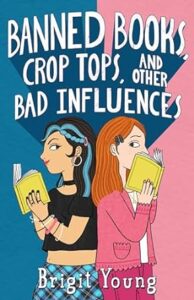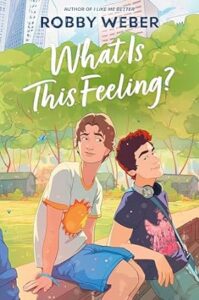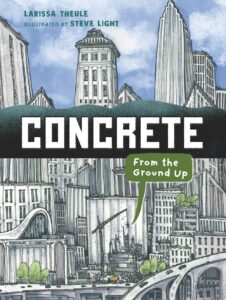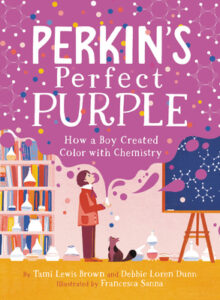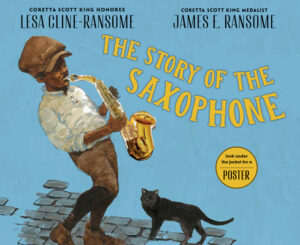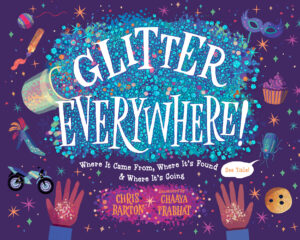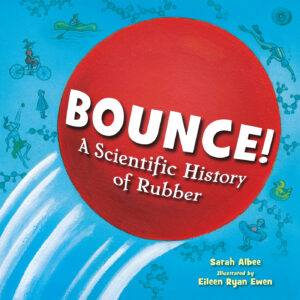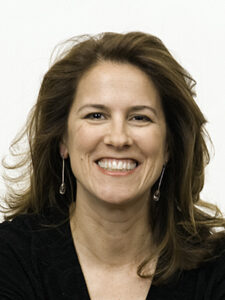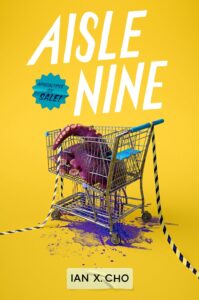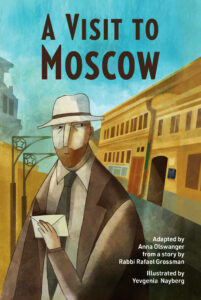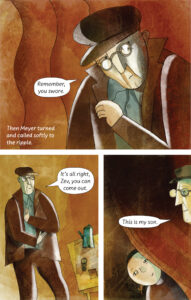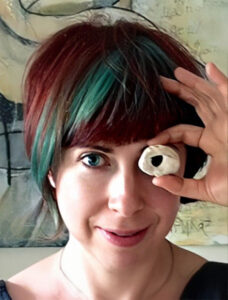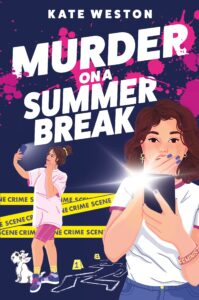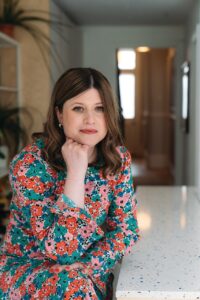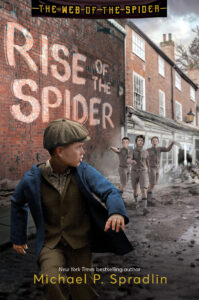“Using Objects as Inspiration and Ignition for Young Writers”
In my writing workshops with kids, I teach the older writers about the difference between a strong, hook-the-reader opening and an inciting incident. The inciting incident, I explain, is the event that not only changes the protagonist’s life but also makes them choose another one. They must be compelled to action that inevitably transforms their path.
In my most recent middle grade novel, Banned Books, Crop Tops, and Other Bad Influences, a book serves as my protagonist’s catalyst for change. While the opening involves a new girl parading into school and disrupting the setting’s equilibrium, my protagonist could still choose to go on living her life as is, albeit with a new person to gossip about. But after unexpectedly seeing this new girl in synagogue on Yom Kippur, the new girl hands my protagonist a book. This book tells the story of the MS St. Louis, a ship full of Jewish refugees that was turned away by North America and sent back to Europe during World War II. For my main character, this book shakes her to her core. It changes her sense of her country and the world around her. When she finds out the book is on a list of challenged books at her school, she’s incensed, and therefore her change of paths becomes inevitable. She must act, even if it takes her much of the book to figure out how or even exactly why.
As I worked on a manuscript that employs a physical book as a tool for the inciting incident, I found inspiration for a new writing exercise for students. Like a key in the door, in this exercise students use an object to open their story. Give each writer an object, either in words on slips of paper or from pictures – sometimes photos from magazines spark the imagination in a special way. Anything works! You can assign them a mirror, a lamp, the wooden plank of a raft, a cell phone, a family heirloom, a tennis ball, or even whatever they see around the room. The students must write two scenes. The first scene is the opening, and it does not involve the object. The first scene tells us who the character is, and it sets up their flaws and inner desires. This scene can be a paragraph or ten pages, depending on how long the class is and how much gusto the students feel that day.
At the very end of that first scene, students must introduce their character to their assigned object. The second scene reveals how that object instigates a new path for the character. I’ve had one student write about finding a text on a cell phone that wasn’t meant to be sent to them, and it informed them their best friend was betraying them. Their character had to leave her previous social life behind, despite being terrified of change, and from there a story began. Another was instructed to use “a piece of jewelry” as their object, and they took some inspiration from Travis Kelce and Taylor Swift! Their first scene placed the character at a Taylor Swift concert, and someone she didn’t take any note of slipped a friendship bracelet onto her wrist. Only at the end of the second scene did she realize that the bracelet held a code telling her where her lost mother might be. These kids are little geniuses!
As a modification for the younger writer, instead of asking for two scenes, give the writer an object and ask them to write a description of the object. Then tell them to end their scene with that object changing a character’s life. You’ll be surprised at what magic comes from this – often literally! Apparently, according to my youngest students, pretty much any object in our world can turn into a magical portal that takes people to alternate dimensions. Watch out the next time you’re picking up that soda can or turning on the night light…
So often the role of a writing teacher is to help young writers find an “in.” Kids just require a way to put pen to paper. They need a nudge to tap into that vast imagination already existing within them and ready to pour out. While there are hundreds of techniques to do so, I’ve been pleased to find one more. Put that book or mirror or friendship bracelet in their mind’s eye and allow the visceral muscle and sense memory of a literal object to ignite the events in their story.
Published September 17th, 2024 by Roaring Brook Press
About the Book: Perfect for fans of Star Fish and From the Desk of Zoe Washington, a nuanced middle grade from the author of The Prettiest about two girls—one “bad” and one “good”—who join forces against book banning and censorship.
Rose is a good girl. She listens to her parents and follows every rule. After all, they’re there for a reason—right? And adults always know best.
Talia, the new girl from New York City, doesn’t think so. After only a week at school, her bad reputation is already making enemies. First on the list: Charlotte, Rose’s lifelong best friend.
So why can’t Rose stop wondering what it would be like to be Talia’s friend? And why does Rose read a banned book that she recommends? Rose doesn’t know. But the forbidden book makes her ask questions she’s never thought of in her life. When Talia suggests they start a banned book club, how can Rose say no?
Pushing against her parents, her school, and even Charlotte opens a new world for Rose. But when some of Talia’s escapades become more scary than exciting, Rose must decide when it’s right to keep quiet and when it’s time to speak out.
About the Author: Brigit Young was raised in Ann Arbor, Michigan and now lives with her husband, daughters, gecko, and dog in New Jersey. Her debut middle grade novel, Worth a Thousand Words, was a Junior Library Guild selection as well as a Best Book of 2019 from The Bank Street College of Education. The Italian translation was the recipient of the Andersen Prize for Best Book for 12-14 year olds. Her sophomore novel, The Prettiest, received multiple starred reviews and was featured on several reading lists including Best Books of 2020 from the Chicago Public Library, Seventeen Magazine‘s 50 Books for Teens That You Won’t Be Able to Put Down, and NBC News’ 9 Books to Help Young Girls Build a Positive Image. Bank Street College of Education listed her third novel, Bright, as a Best Book for 12-14 year olds with the honor of outstanding merit. Her next middle grade novel, Banned Books, Crop Tops, & Other Bad Influences, is forthcoming in September, 2024. Additionally, Ms. Young has published short fiction and poetry in journals like The North American Review, 2 River View, Eclectica Magazine, and Burrow Press, among others. She has taught creative writing to kids of all ages in settings ranging from a library to a hospital.
Thank you, Brigit, for this awesome writing activity!
